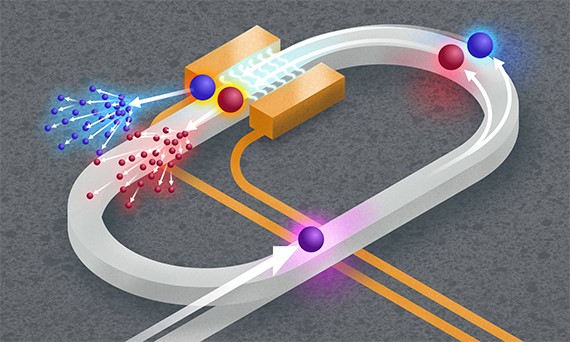Faculty News
Qiang Lin's Team Advances Photonic Devices and Quantum Computing

A team of researchers led by Qiang Lin, a professor of electrical and computer engineering and optics, recently published impressive new advances in photonic devices and quantum computing.
In a new study in Nature Photonics, the team outlined an important step toward developing computers advanced enough to simulate complex natural phenomena at the quantum level. They developed a new chip-scale optical quantum simulation system that uses a synthetic space that mimics the physical world by controlling the frequency, or color, of quantum entangled photons as time elapses. Read more about the full study at the News Center.
Qiang and his team also recently published a Nature Communications study that describes a new tool for generating microwave signals that could help propel advances in wireless communication, imaging, atomic clocks, and more. They developed a new high-speed tunable microcomb, which Qiang calls “one of the hottest areas of research in nonlinear integrated photonics.” Read more about the study on the Hajim website.
Congratulations to Qiang, lead authors Usman Javid ’23 PhD and Yang He ’20 PhD, and all the students involved in the study.

